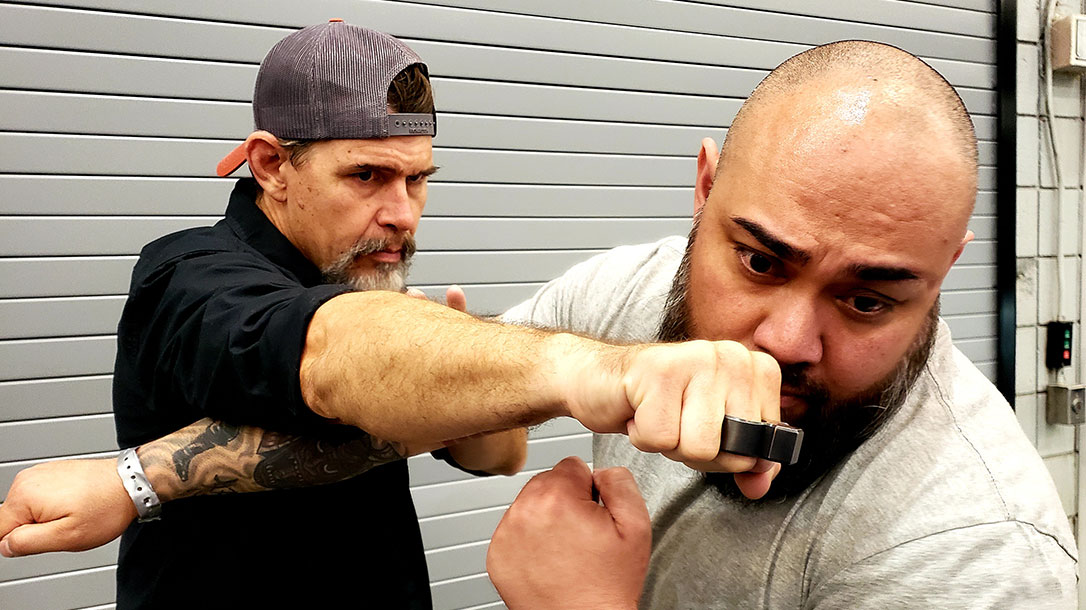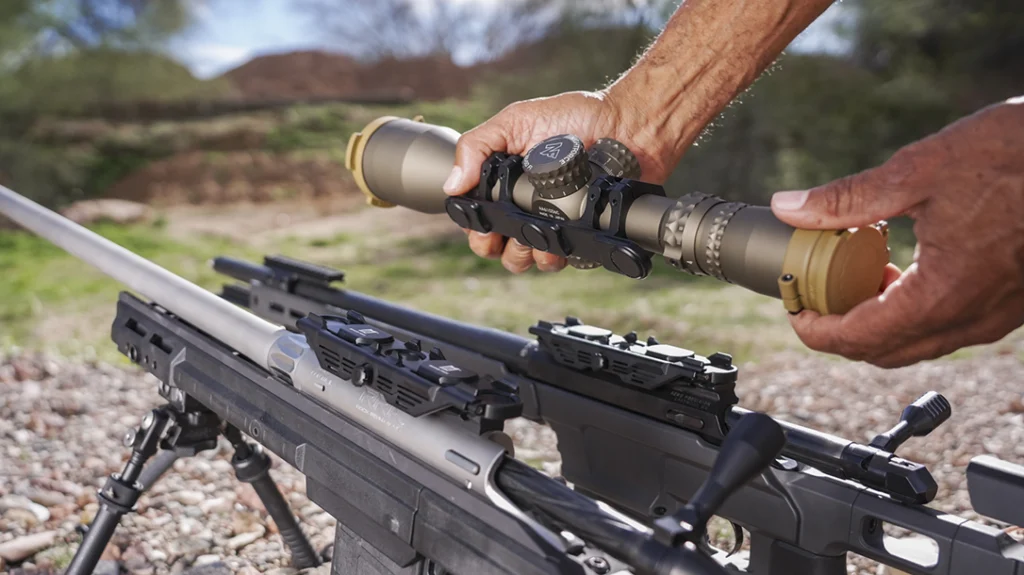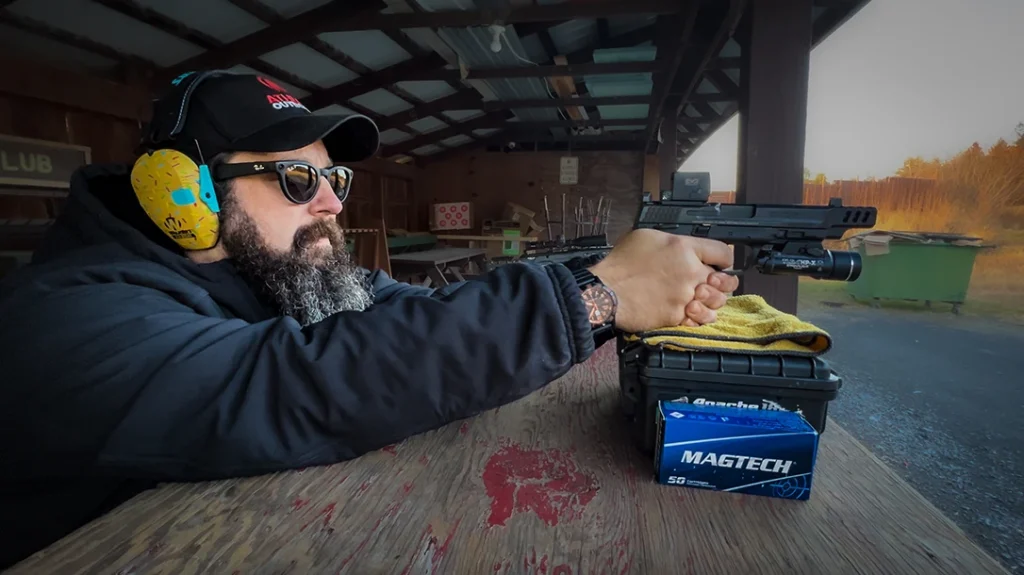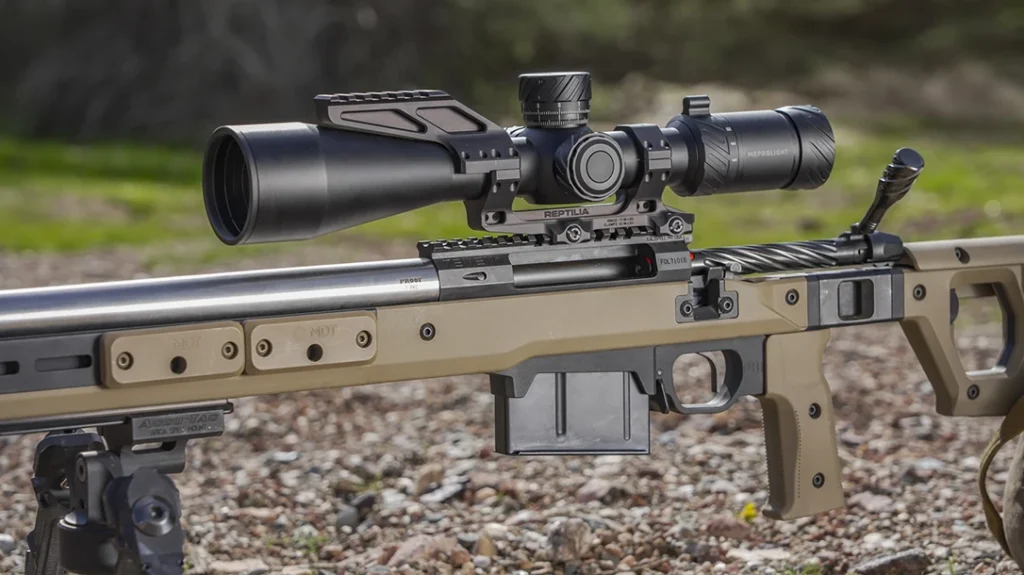Combative blocks and parries are pretty much universal in any martial arts system. Sure, there are countless variations of every block or parry. But they all serve the same basic purpose—to keep you from getting punched, stabbed, or kicked in the face. So, ensuring that you focus on proper blocking techniques is vital to any self-defense regimen.
Successful Defense Through Proper Blocking
There seem to be dozens of different blocks that one can master. These include high blocks, down blocks, cross blocks, circular blocks, elbow blocks, double-handed blocks, etc.
In this article, we are going to discuss basic blocks, how, why, and when they work, and how to execute them at a fundamental level.
Advertisement — Continue Reading Below
Movement Is Life
My biggest pet peeve when I see an instructor teaching a student how to block is when the instructor has the student just stand there stagnant and in a static stance. Sure, this is the way that most beginner white belt students learn. But the habit of standing still must be broken fast.
Movement is life, and you must practice “getting off the X.” Either practice moving, ducking/slipping into the block, moving away from the block to the side, or basically anywhere.
Don’t just stand there with your face behind your arm, counting on your arm to do all the work. If your block misses or isn’t strong enough, your body should be moving to evade/counter the oncoming attack.
Advertisement — Continue Reading Below
A Basic High Block
A high block is a basic block that works well. It can be used straight up and forward or angled to the side. I see a lot of classes where this fundamental block is taught incorrectly. For example, students are pretty much just swinging their arms straight up and almost hitting themselves in the face. That version does not work.
Think back to ancient times when combatants fought with weapons and shields. Now, envision a shield raising upwards and towards an oncoming attack. That is the basis of a high block.
Your arm acts as your shield, driving energy up and towards the attack, blocking with the outer edge of the forearm. You might throw a high block to counter an overhead punch or to over-power a looping hook coming from above.
Advertisement — Continue Reading Below
Basic High Block Demonstration:


Advertisement — Continue Reading Below


Blocking vs. Parrying
A block is typically force-on-force—attacking the attack with the intent to stop the attacking strike. A parry tends to be a sidestep, pushing or slapping an attack away. You will see a parry and a counterpunch in many combative systems, including boxing.
Advertisement — Continue Reading Below
In this series, Chris demonstrates a parry against a right punch and counters with his own. Unfortunately for his attacker, Jose, Chris has a nice Coppershed copper defense knuckle to add to the impact.
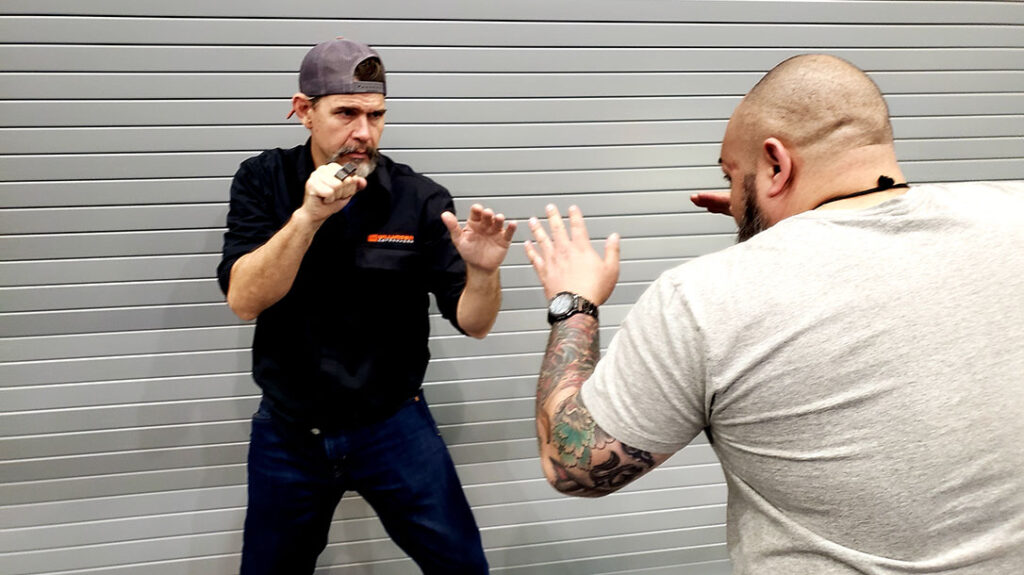
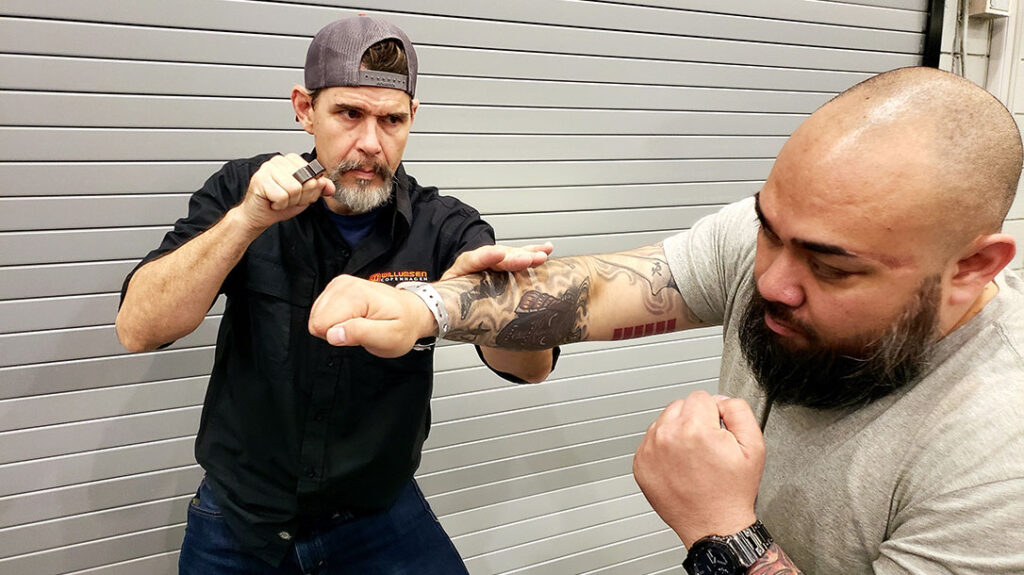
Advertisement — Continue Reading Below
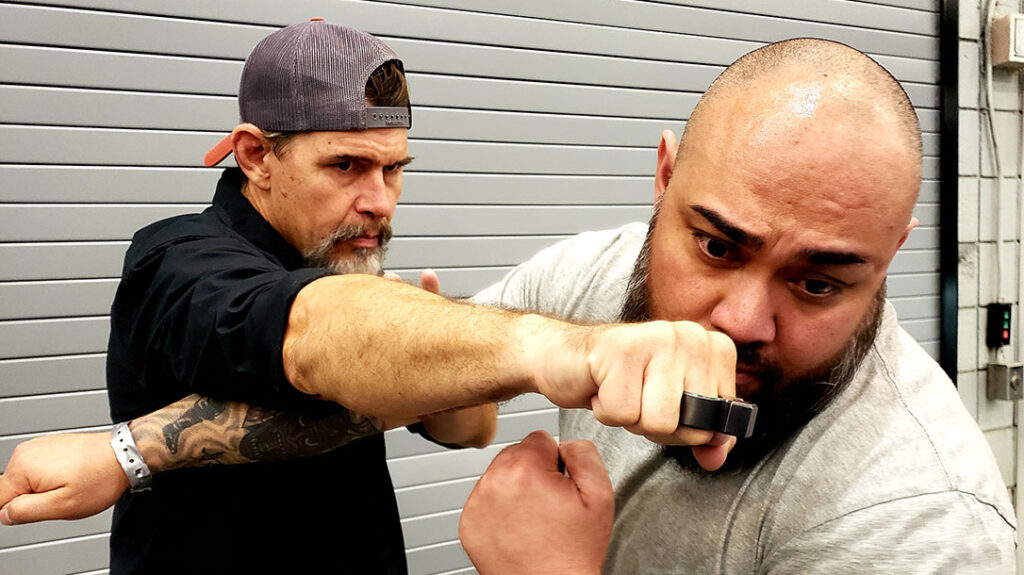
Close the Gap and Counterstrike
Sometimes, blocks are used strictly defensively. However, sometimes they are used to absorb the shock so a fighter can close the open distance and deliver his or her own strike.
Now, defensively, I always recommend creating enough distance to escape to safety. But sometimes, getting away is not an option. So, in those cases, the best defense is an overpowering offense.
Advertisement — Continue Reading Below
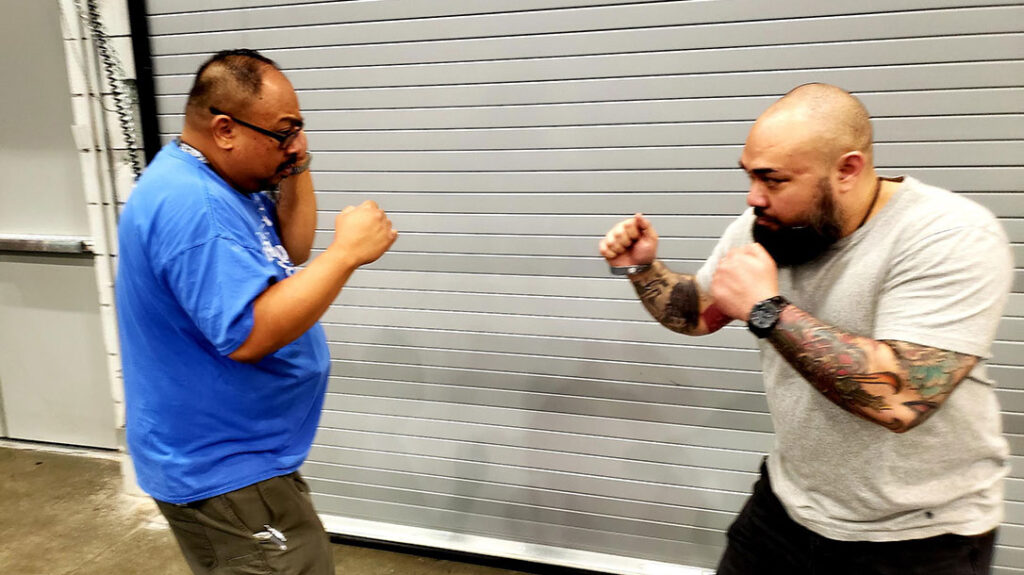


Advertisement — Continue Reading Below
Dealing with An Edged Weapon
The ultimate purpose of a block is to stop or shut down an attack. Sometimes, levels of force can escalate beyond empty-handed strikes and kicks. The possibility of an edge weapon being deployed into the fray is very real.
Some instructors will tell you to run when you see a knife. But what if you can’t run? What if you try to run and your attacker is faster than you? Or a better runner than you are? Now you will have to fight tired.
There is no sixty-second instruction book for learning how to defend against a knife attack. The following photos are just to give an example of how a knife can be used to block, counter, and hopefully disarm or disable an attacking limb long enough to give you time to get away to safety.


Thank You 2024 Blade Show Fight Club
I want to extend a huge thank you to my buds, fellow knife designers, and martial artists who took time out of the extremely busy 2024 Atlanta Blade Show to take pictures for this article.
An extra special thank you to Ryan Forbes from Copper Shed Metal Works for the Copper Knuckle used in this article. Finally, thank you to Chris Cabin from Hog Mountain Tool and Tactical for making the CUMA BEAST training knives that were used in this article.
For more information, please visit CopperShed.com and TakKnife.com.

